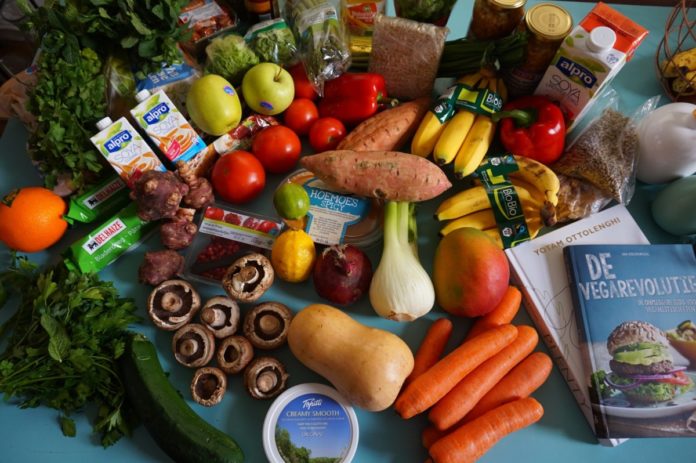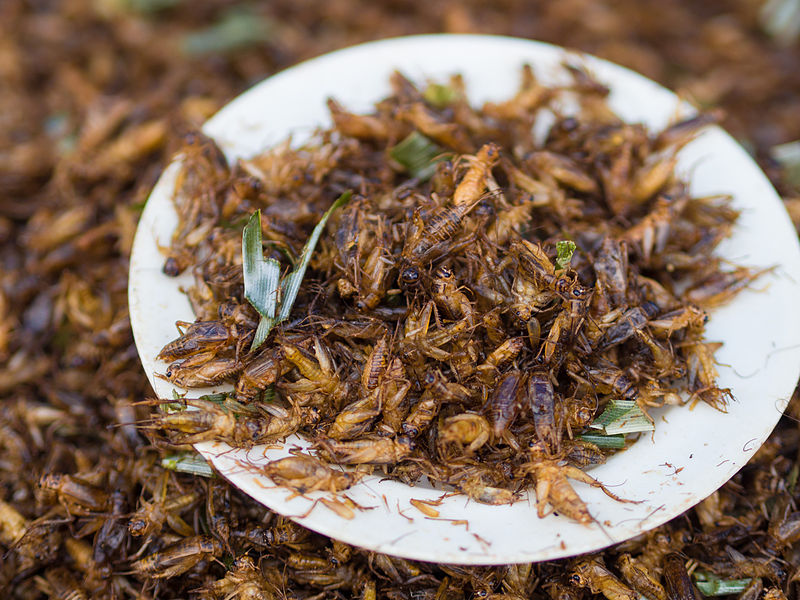When I say a “primary agrifood ecosystem” what comes to your mind? Drawing a blank? So was I! Food Valley in the university town of Wageningen is exactly that. It is a small place which is working towards providing “food-related solutions” for a growing population and the ongoing climate crisis.
This place is the brainchild of a collaboration between different large companies, knowledge institutions, the government, and educational and research institutions including the Wageningen University of Research (WUR). The 8000 scientists and 1800 agrifood companies have a “global” ambition to feed 11 billion people using sustainable and energy cutting solutions to grow food that is going to taste absolutely delicious.
What has the Food Valley in the Netherlands been working on?
The Food Valley in the Netherlands has a lot of innovative projects they are currently working on, with 127 in their bag to boast off. With a 65% success rate, they have been able to achieve new heights in sustainable food production. Here are my picks for the most interesting and game-changing ones.
Expanding insect-based cuisine beyond the niche
The most interesting project I found on their website is the work of Arnold van Huis, an entomologist working to make it normal to consume insects. According to Wired UK, “2000 species of insects are consumed as sustainable food worldwide”. It is a staple delicacy in many parts of Africa and Asia, and he wants the rest of the world to catch up.
It’s a bird! No, it’s a cow! Nope, it’s fake meat
Speaking of cattle and meat, wouldn’t it be great if you could find a way to enjoy eating meat substitutes with the added pleasure of forgetting that it is actually fake? Imagine feeling good about yourself knowing that you’re not one of the people feeding into the system that is responsible for the burning of the Amazon forests (although the burning has a lot to do with corruption and greed as well, that’s a discussion for another day)? Food Valley in the Netherlands has come up with a meat substitute that looks, tastes, and sizzles like the real thing.
I have to feign some enthusiasm here because I grew up as a vegetarian, and never got accustomed to meat. But from what I’ve heard from my meat-loving peers is that their cravings are never quenched unless it’s the real thing. Food Valley might have managed to overcome this through “shear cell technology“, where soy and gluten are pulled and weaved together to create fibrous strands.

What else have they been working on?
What else do they have in store for us? Well, they have engineered energy cutting ways to use LED lights instead of sodium lights, genome mapping and breeding techniques to grow disease and drought-resistant plants, a carrot derivative that fights respiratory problems, egg-white replacers, algae, vanilla, and so much more. Phew, that’s quite a few innovative projects they have going on there!
If you want to know more about their products and where you can get them, check out their website!
Have you recently decided to give meat and even dairy? What have your struggles been like? Let us know in the comments below!
Feature Image by Mittmac from Pixabay

